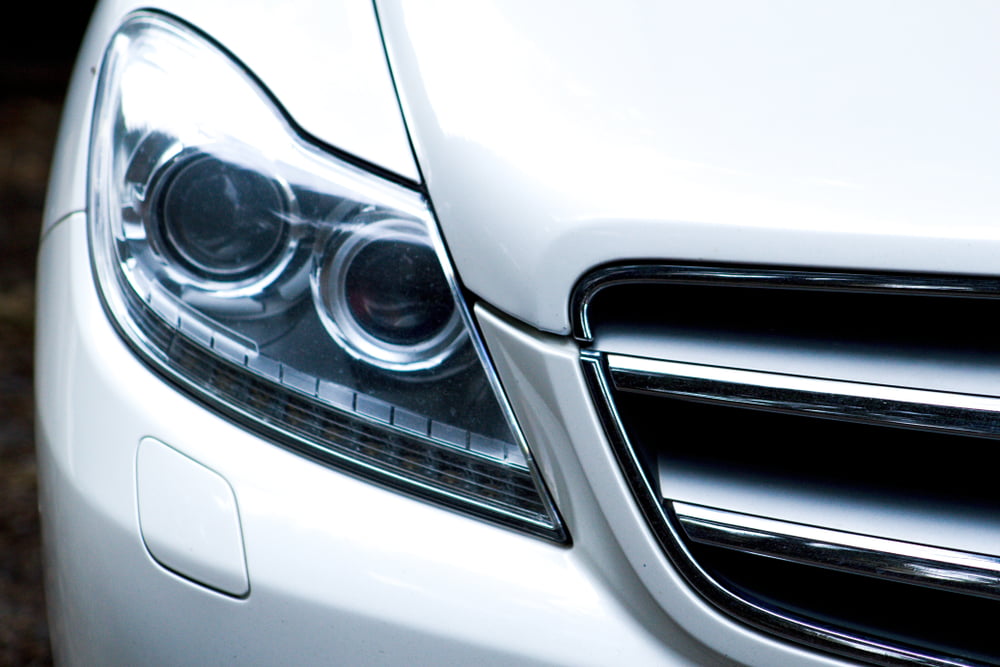When cars equipped with driver assistance systems, also known as Advanced Driver Assistance Systems, enter public roads, these are often not yet fully developed. Also, directors often do not know what these systems can or cannot do, which can lead to risky situations. Manufacturers also take too little account of the users of these systems. The government's requirements for cars do not fit well with the current generation of driver assistance systems. And too little is learned from accidents to improve the road safety of driver assistance systems.
This is evident from the investigation report Who controls? - Road safety and automation in road traffic 'which is published today by the Dutch Safety Board. Adjustment is necessary to ensure that driver assistance systems contribute to improving road safety.
About half of the new cars are equipped with driver assistance systems such as an emergency braking system and adaptive cruise control. Driver assistance systems perform these tasks based on their own observations and decisions. Cars have become mobile computers because of this.
Roll driver
New cars can already take over many actions: steering, braking and accelerating, but there are not yet fully self-driving cars that are allowed on public roads. Automation means that relatively easy tasks are taken over by the car and the role of the driver changes. He is expected to monitor the process and intervene when necessary.
This requires concentration, while automation makes you less alert. This makes driving easier and more difficult at the same time and it is not always clear who is driving: people or the car? Manufacturers are introducing new driver assistance systems to make cars more attractive to the consumer. The driver experiences to be able to rely on these systems, but is thrown back on himself if something goes wrong.
Furthermore, insufficient attention is paid to the operation and limitations of driver assistance systems when delivering a new car to the customer. Motorists also receive insufficient information about software updates. The consequence of this is a lack of knowledge among the drivers about these systems.
Too little attention for the present
The car industry, governments and experts focus on the promise of the self-driving car, but it is really still a long way before it can safely enter the public road. For example, new legislation is being developed for the future self-driving car, for example in the area of human-car interaction, but very limited for the current generation of driver assistance systems.
Black box
Driver assistance systems form a 'black box' at different levels. When new cars are allowed on public roads, the government has insufficient supervision of the operation of new systems in different circumstances. As a result, it is not clear whether the system actually does what it should do. It is also not clear for some of the driver assistance systems what effect these systems have on road safety. There is a lack of proper monitoring and evaluation of these systems. The police often cannot read the data after an accident and it is not always known in which cars these systems are. Innovations can demonstrably improve road safety by learning from accidents, incidents and user experiences.
Recommendations
The government has the ambition to reduce the number of road casualties to zero in 2050 and expects a significant contribution from automation in this respect. According to the Council, driver assistance systems can be used to achieve safety gains, but more is needed than what is being done now, starting with adjustments to the design and introduction of driver assistance systems. The responsibility to improve safety rests with the manufacturers.
That is why the Council recommends that the car industry make a transition to socially responsible innovation, in which innovations demonstrably improve road safety. To understand what a car with driver assistance systems can and cannot do, drivers need to be better informed about its possibilities and limitations. Finally, the Council recommends adapting vehicle regulations at European level to better reflect the current generation of driver assistance systems.
Also read: Dutch Safety Board comes with baffling conclusions



